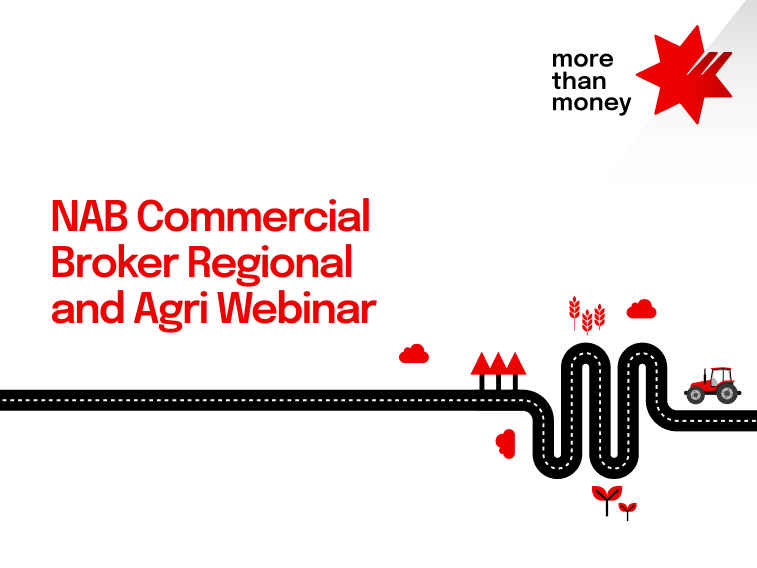An exclusive webinar to help you deliver the best outcomes for your R&A business. Watch now.


Webinar
Keen to encourage young people to enter the sheep, meat and wool industry, Don and Pam Mudford changed the way they did business to better suit the next generation. Don opens up about his family’s commitment to breeding hardier sheep and the challenge of encouraging young people into farming.

The owners of Parkdale SRS® Poll Merino Stud decided to breed hardier Merino sheep to encourage the next generation into grazing, and were rewarded with a lighter work load and greater profits.
Don Mudford and his family have been farming and grazing in the Gilgandra and Dubbo areas of the central west of New South Wales for over 100 years. Now the family owns and operates the Parkdale SRS® Poll Merino Stud, which spans 5,000 hectares at Collie, north west of Dubbo, as well as a commercial operation of 21,500 hectares at Enngonia, between Bourke and Cunnamulla. They run 6,000 ewes and some cattle, and, starting with the annual ‘Parkdale on Property’ ram sale in September, sell 200 stud rams a year.
Keen to encourage young people to enter the wool industry, Don and his wife, Pam, decided that aspects of the Stud Merino industry itself would need to change. Together, they focused on raising a hardier Merino that would be better suited to the environmental conditions of both high rainfall areas and dry western country. They also focused their breeding objectives towards developing alternatives to traditional practices, such as tail docking and mulesing.
“We started changing the shape of our sheep 15 years ago, when we had about 3,000 traditionally-classed wrinkly merinos,” says Mudford, who features on the September page of this year’s NAB Agribusiness Calendar. “The traditional Merinos were high maintenance and expensive to manage with limited mothering ability. We were mulesing them, which involved a lot of work and set the lambs growth rates back. Mulesing is the kind of practice that can put young people off joining the industry, and we were spending over $30,000 a year on insecticide to prevent fly strike. So we decided to breed a Merino sheep that was more content and easier to manage.”
Today, his stud and flock of 6,000 Poll Merino ewes are plain-bodied and often bare-breeched, not needing to be mulesed. “We were able to stop mulesing in 2004,” he says. “And now, instead of using two pallets of insecticide a year, we use just two drums so we’re saving about $60,000 a year on chemicals alone.”
Mudford was prepared to trade some wool cut from the sheep for the savings in cost and workload, but he found the quality of the fibre improved – becoming softer, finer and of a higher yield. He also decided to breed for higher fat cover, so his sheep are hardier from the moment they’re born.
“Our lambs are much better equipped to survive the cold weather,” he says. “The newborn survival rate has increased from the national average of 60 percent to 90 percent of lambs conceived, and the ewes now wean 130 percent of lambs. The lambs retain a higher reserve of fat through life and the sheep are better feed converters, so they cope better in drought conditions and respond more quickly when the drought breaks. The ewes are also back in shape sooner and they’re able to re-join the rams more quickly after weaning their lambs.”
A challenge for farmers is staying on top of improving methods and technology. “There’s a lot of information out there and my advice would be to read as much as you can so that you’re up to date with the latest industry technology,” says Mudford. “I think you also need to keep an open mind and be prepared to think outside the square. But there’s no doubt that many farmers are under a lot of pressure, so I think it’s important to take time off once in a while and allow yourself to relax.”
One of the biggest challenges for older farmers is encouraging younger people into the industry. “I feel very strongly that parents should put any land acquisitions in their children’s name, give guidance and have faith in them,” says Mudford. “There’s no bigger incentive for young people than knowing the land is their own, even if it’s still part of a bigger operation. Many farmers expect them to work at home for a future expectation of ownership, so it’s not surprising they decide to be independent and get a career elsewhere. When our sons turned 18, we backed them to borrow enough to purchase their own grazing country, so our succession planning was completed once they became adults.”
Mudford also believes it’s important to let young people make their own mistakes. “There’s no better way to learn,” he says. “We need to have enough faith in our young people to steer the ship from behind.”
The Mudford’s concern for succession, and the need to encourage the next generation of farmers, is founded in respect for the animals, the environment and the people caring for them.
More from NAB:
© National Australia Bank Limited. ABN 12 004 044 937 AFSL and Australian Credit Licence 230686.